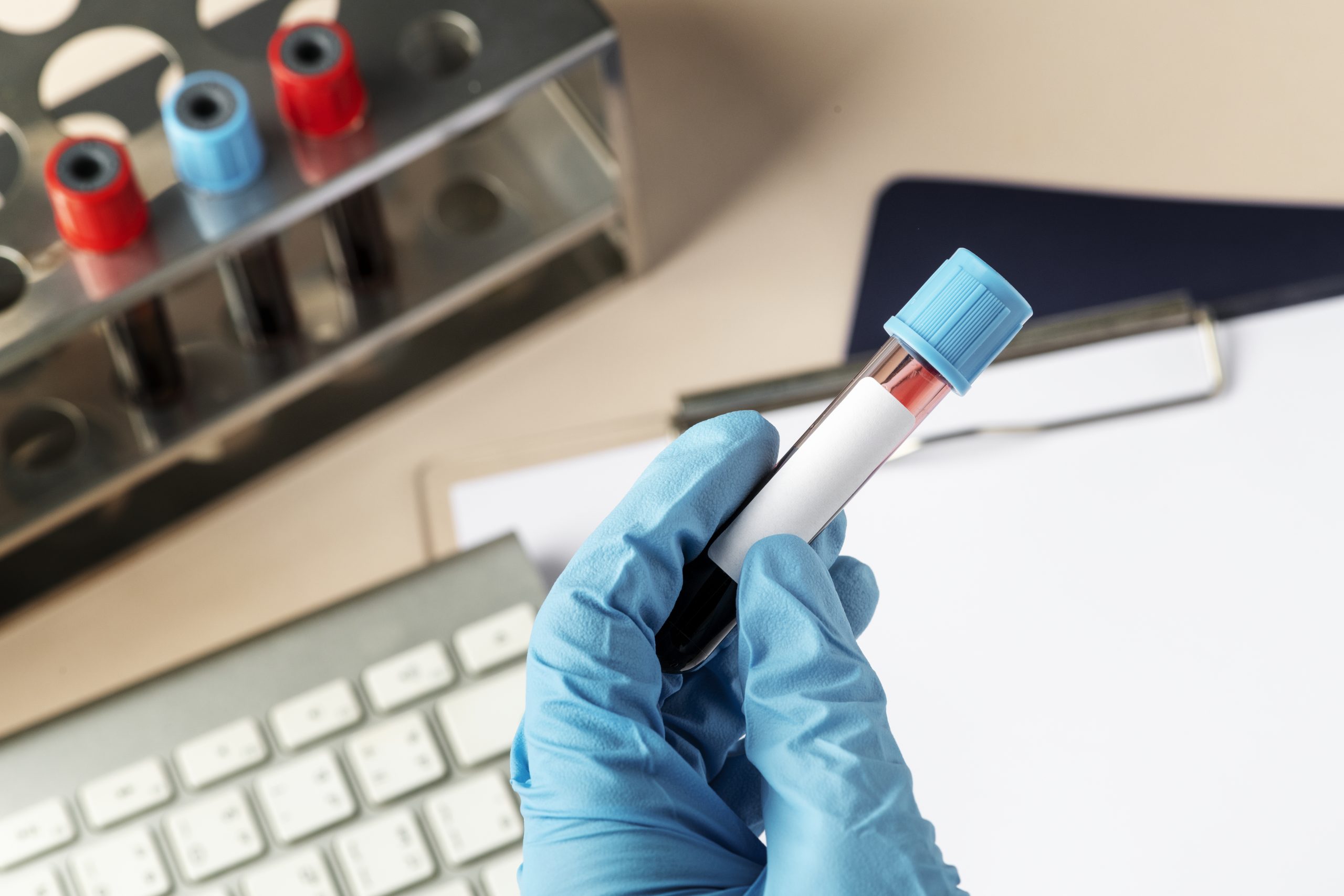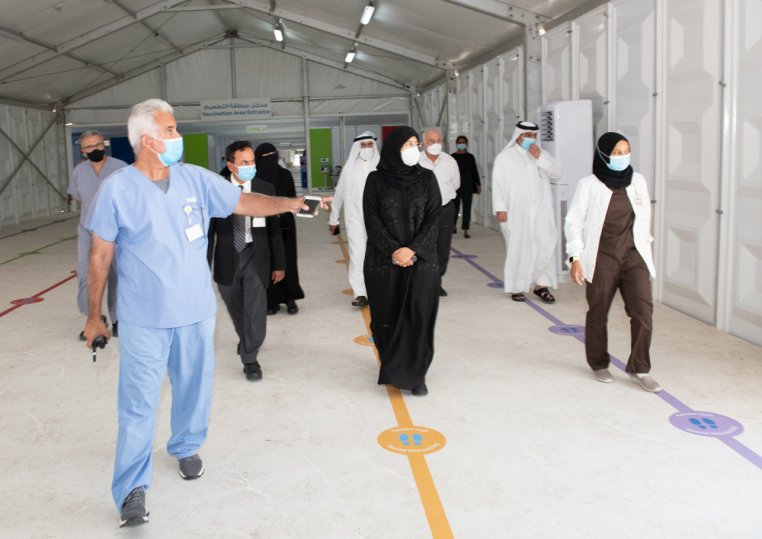Stay safe during your summer sweat sessions, whether you’re logging miles on the road, doing laps in the pool, or banging out burpees in the park.
Watch out for dehydration
Dehydration is the number one thing you need to be on the alert for during outdoor workouts in the summer, experts say. “If you don’t drink enough water, you can get dehydrated and suffer from light-headedness, heat exhaustion, and heat stroke,” says Carol Michaels, a personal trainer and IDEA Fitness Trainer of the Year.
“Properly hydrating before, during, and after exercise is crucial, especially during the warm months of summer. The National Athletic Trainers Association suggests that individuals should aim to consume between 17 to 20 ounces of water two to three hours prior to exercise and seven to ten ounces of water every 10 to 20 minutes during exercise.” That may seem like a lot, but when things heat up, you’ll be glad you have enough water on hand. Be sure also to watch out for these unexpected signs of dehydration.

Skip midday outdoor workouts
Peak sun and heat hours are from 10 a.m. to 3 p.m., so it’s best to move your workouts indoors during that time frame. “Plan your bike rides, boot camps, runs, or swims early in the morning or later in the afternoon,” suggests Tsippora Shainhouse, MD, FAAD, a board-certified dermatologist. “Not only will this keep you cooler, but you will avoid exposing your skin when the UV rays are most intense.” Another option? “Look for shaded routes on tree-lined streets or trails, shady trees, or awnings,” she says. This will prevent sunburns, which can put you at risk for long-term skin aging and skin cancer.
Wear sunscreen during workouts, too
“Folks often remember sunscreen at the beach or the pool, but forget it during a run,” points out Cheri Page, a trainer for Daily Burn. “Wearing a broad-spectrum sunscreen with a minimum SPF of 30 will help prevent sunburns when you are outside,” Dr. Shainhouse says. “A golf-ball-sized amount is needed to cover the exposed body of an adult, with a teaspoon reserved for the face, ears and neck.” You’ll need to reapply every two hours—more frequently if you are super-sweaty. Lastly, wear a hat. “Wearing a ball cap or lightweight, billed running cap can help shield your face, and help prevent sunscreen from dripping into your eyes,“ Page says.
Don’t forget to protect your eyes
If you needed a reason to invest in some polarized sunglasses, here it is: “Wearing sunglasses will reduce the sun’s glare and help you keep your eyes on the road in front of you when bike riding or running,” Dr. Shainhouse says. “It will also prevent squinting in the sun, which can cause premature wrinkles, and reduce the risk of developing UV-induced cataracts.” To be sure you buy the right pair, read up on these sunglasses myths that could ruin your eyes.

Pay attention to air quality index alerts
The air quality index—a measurement of ground-level ozone, particle pollution (also known as particulate matter), carbon monoxide, sulfur dioxide, and nitrogen dioxide—tends to be worse in summer, thanks to heat and humidity. Poor air quality affects those with asthma or otherwise comprised lung function most, though studies have shown it can even counteract beneficial aspects of exercise in healthy individuals. On days when the index is high, move your workout indoors.
Build up to longer outdoor workouts in the heat
“On average, there are approximately 658 deaths each year that are related to heat exposure, all of which could have been prevented,” notes Joseph Sudimack, physical therapy technology program director at Carrington College. “We all are at risk of a heat-related illness, regardless of whether we are lounging by the pool or participating in some sort of physical activity.”
One of the best ways to avoid heat-related illness is to build up your tolerance to exercising in heat over time. “When it comes to acclimating to the heat, exposure should be limited initially and gradually increased over a period of time, especially when participating in physically demanding activities,” Sudimack says. “It can take 10 to 14 days to acclimate to the heat. A steady increase in the amount of time spent outside over a period will allow your body to adapt to the heat, decreasing the risk of heat-related dangers.”
Use the buddy system
“I recommend my patients work out in small groups—especially in the summer months,” says Christopher Dietz, DO, physician at MedExpress. “That’s because heat-related illnesses, like heat exhaustion, heat cramps, and heat stroke, can be easier to spot in someone else than they are to spot in yourself.” Not sure what to watch out for? “As your body tries to cool itself down, blood rushes away from important organs, like the brain, to the surface of the skin,” Dr. Dietz explains. “When your organs aren’t getting enough oxygen, mental and physical strength may be compromised and can cause heat-related illnesses, which can result in confusion, headache, nausea, weakness, and more.” If the pal you exercise with is your pet, just know that a dog can get heat stroke as well—learn the signs.
Eat right for dehydration prevention
Exercising outside this summer means you’ll probably be exerting more energy within a challenging, hot environment,” notes Jeffrey L. Pellegrino, PhD, MPH, member of the American Red Cross Scientific Advisory Council. While drinking enough water is key to avoiding dehydration, that’s not all you need to do. “Water is best if you’re also eating regularly,” Pellegrino says.
“If you’ll be doing extra work or exercise, increase your salt and sugar to keep your energy up. Salty snacks help maintain electrolytes and reduce chances of hyponatremia, a medical condition that occurs due to low sodium from drinking too much water.” This is why hydration plans of marathon runners, for example, include a balance of water, salts, and electrolytes.
Scope out terrain
Scout the landscape before going for a ride or run,” Dr. Dietz recommends. It should go with out saying, but don’t run along highways or crowded city streets where pollution levels are higher. Even paths (in a park or rural area) that you know well could have changed over the winter. “Potholes and cracks result when the summer sun heats the water that seeps into the roads and sidewalks over the winter months,” he says.
Dress right for the heat
When you run in warm weather, it’s important to wear clothing that’s breathable. Sweat-wicking fabrics are great because they move moisture away from your skin to the outside of your clothing, where it sits and evaporates. This minimizes chaffing and keeps you feeling cool and comfortable.”For recreational athletes, sweat-wicking clothes are awesome to promote evaporation and keep you cool,” Pellegrino says. “Loose clothing also promotes some exchange of air and moisture.”

Stay away from the pool when sick or injured
Swimming laps is a great way to stay cool and get your sweat on, but it’s not such a great idea if you’re not feeling your best. “Heat-based environments like saunas breed specific types of bacteria and fungi. But even in the cool pool world, viruses and other ailments can happily swim around with you,” explains Sophie Bartsich MD, FACS, a cosmetic surgeon. “If your immune system is down, you have a cold, or you have any open wounds, you will be vulnerable to infection. Your skin is your best ally in staving off trouble, but if it’s not intact, it can’t do its best work to keep you safe.”
As long as you’re being safe, though, swimming is a great workout.
Try your best not to swallow water when you’re swimming. “Summer is also peak time for waterborne illnesses,” Dr. Dietz says. “Recreational water illness occurs when swimmers come in direct contact with contaminated water, and germs are swallowed or inhaled via water mist.”
“Diarrhea, most commonly caused by a parasite called cryptosporidium (crypto), is among the leading causes of waterborne illness. Other common ailments include pink eye, hot tub rash, and swimmer’s ear.”
In addition to swimming with your mouth closed, Dr. Dietz recommends showering/rinsing before and after swimming in a pool and watching out for any strange smells in the pool. “If you smell a strong chemical smell, this is actually chlorine mixing with urine or fecal matter,” he says. “It’s these items, not chlorine, that cause red eyes and irritation.”
Take it slow
Even if you’re super fit, it’s important to listen to your body when you’re working out in the heat. “When you get dehydrated and uncomfortable, you might not make the best decisions and could be at risk of crashing your bicycle, getting hit by a car, or falling down,” says Michael Mulick, DO, an assistant professor of anesthesiology and critical care medicine with the University of Southern California/Keck School of Medicine.
“Even if you are an advanced level athlete, if you will be working out in the heat: be very careful, slow down, use a heart rate monitor, eat and drink every hour, and make sure you are urinating each hour—and more toward the clear color rather than darker yellow,” Dr. Mulick says. “The bottom line is that nobody is immune to the deadly effects of heat. Understand that on a hot day, a very fit runner might have to walk a bit to allow the body to protect itself.”
Don’t forget to cool down
When it comes to avoiding strain injuries in the heat, be sure to do a proper cool down after each outdoor workout. “The best time to stretch is really after exercise,” says Karena Wu, PT, owner of ActiveCare Physical Therapy. “Blood is flowing to the skeletal muscles, your tissues are more pliable, and the stretch is not as uncomfortable. Take the time to do some static stretches to help increase flexibility for the long run and slow the heart rate down. It means less tightness and soreness after exercise because it can help move the lactic acid out of the muscle tissues.” Learn the difference between heat exhaustion and heat stroke.
Consider bug spray
Mosquitoes and tickborne illnesses are on the rise, so if the area where you are exercising is buggy, be cautious. “One of the easiest things to do when it comes to tick and mosquito prevention is to wear insect repellent when you’ll be outdoors—this is just as important as applying sunscreen and can minimize contact with vector pests that can transmit dangerous diseases like West Nile virus, Lyme disease, Zika virus and more,” said Cindy Mannes, vice president of public affairs for the National Pest Management Association in a press release. These are the most dangerous states in the country for Lyme disease.
Source: www.rd.com






Leave A Comment
You must be logged in to post a comment.